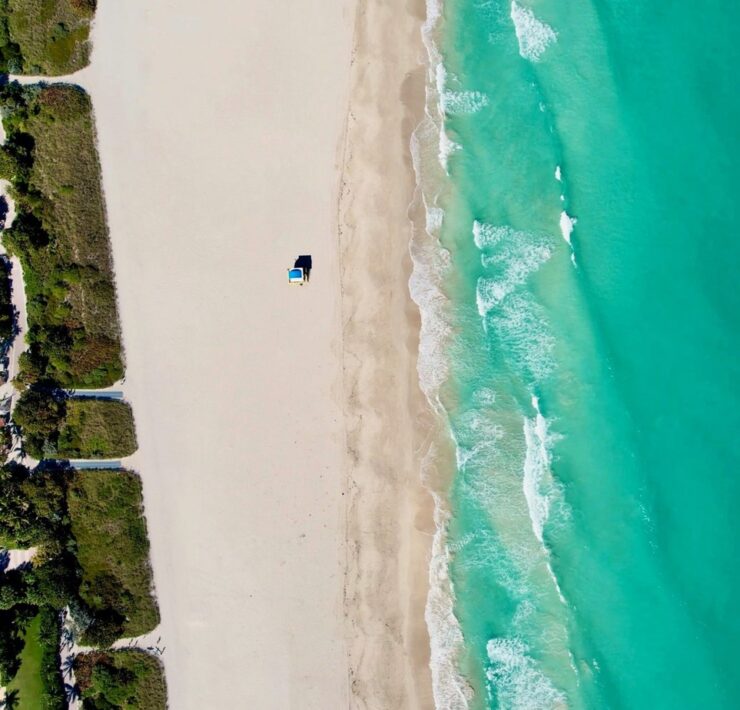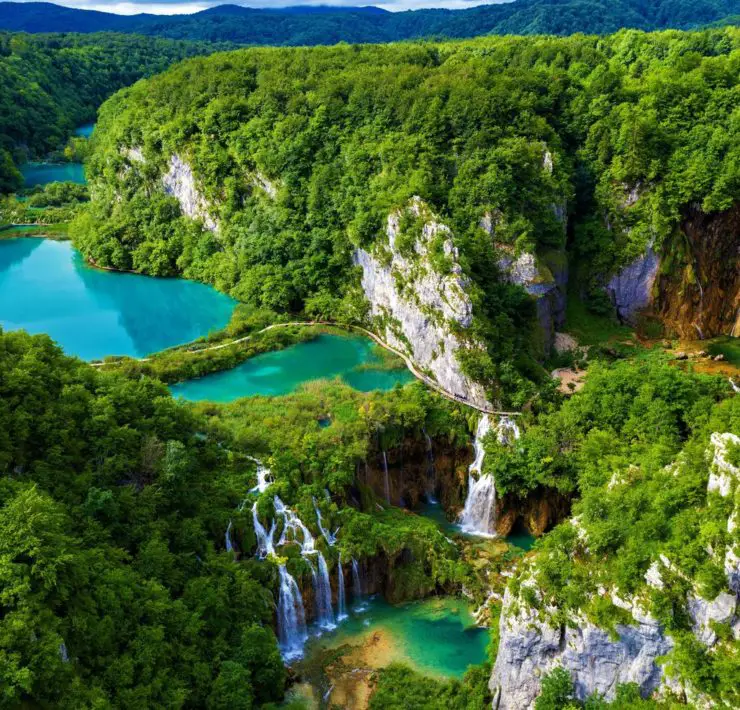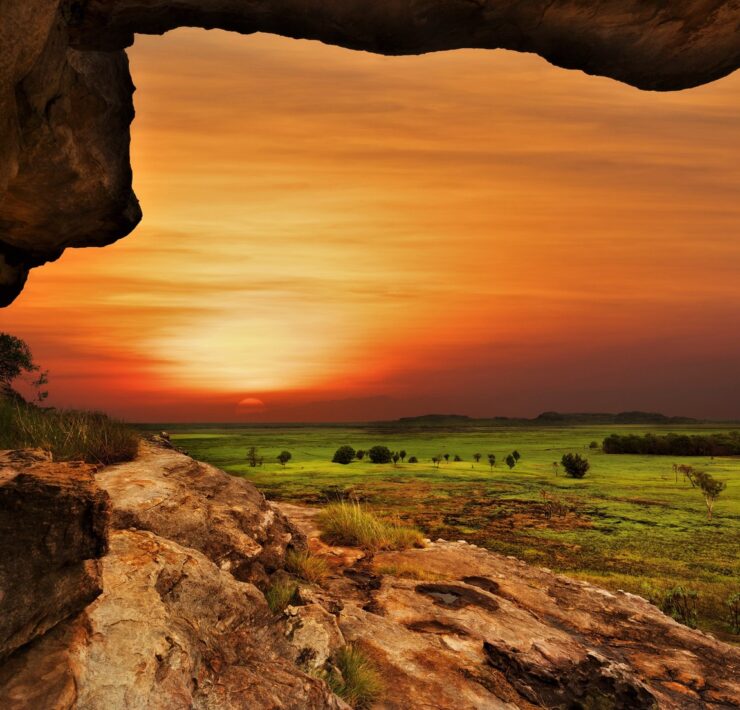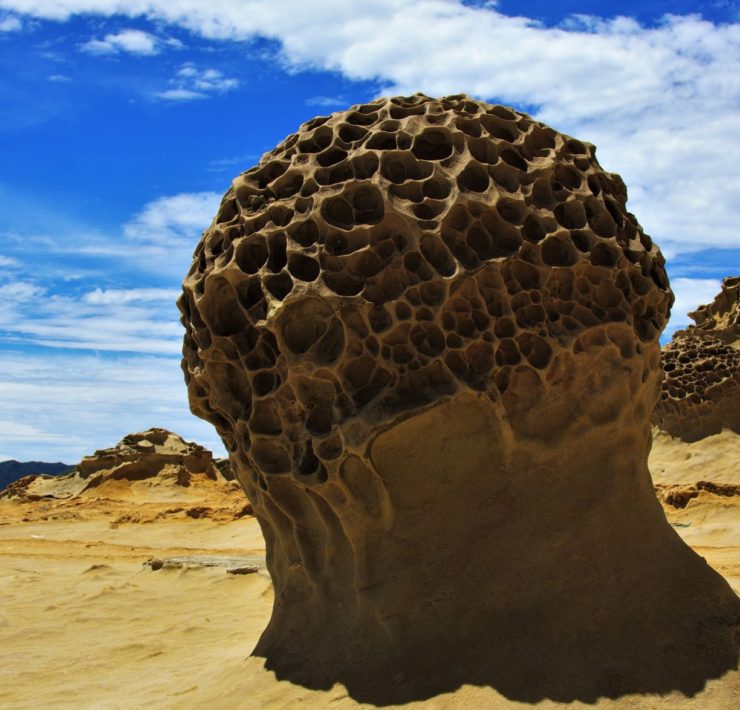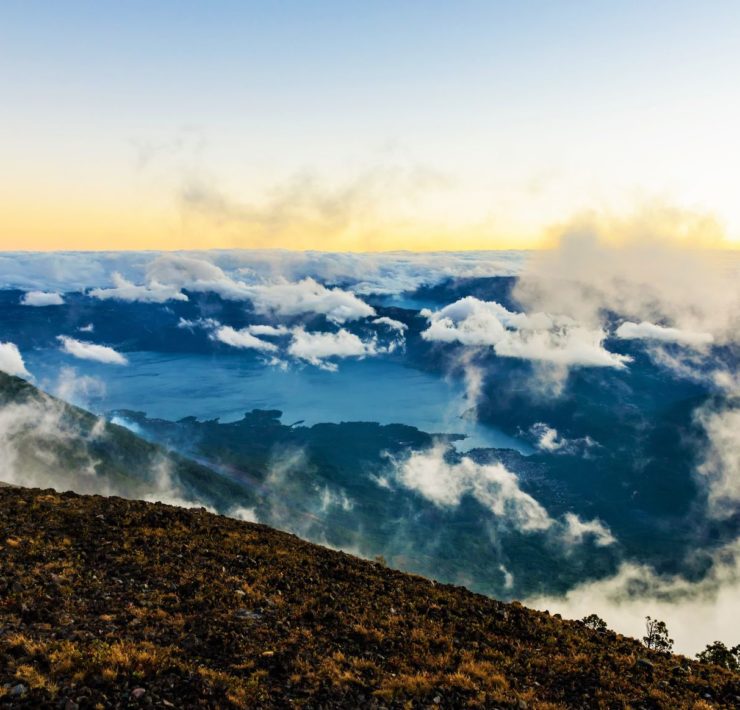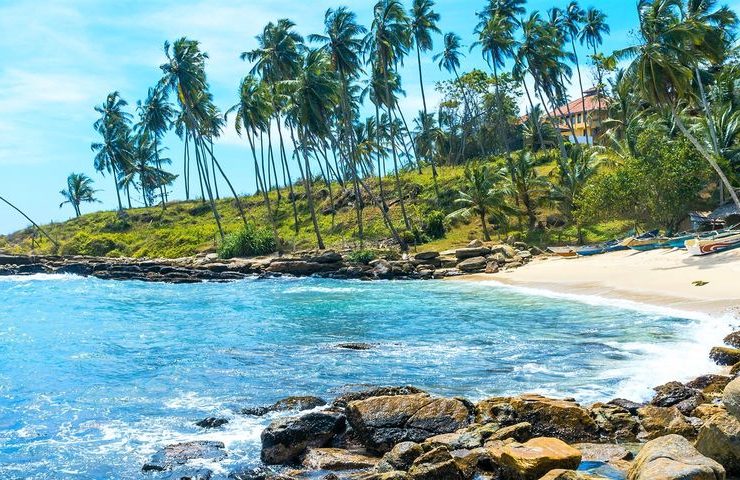Located in the northwestern edge of Europe facing the North Sea, Wadden Sea (Schleswig-Holstein Wadden Sea) is a flawless stretch of tidal land that seems to go on forever. Twice a day, 1 trillion liters of salt water is pulled back and forth from the tidal flat, reaching a maximum depth of 3 meters at high tide and revealing masses of worms and molluscs at low tide.
Despite its flat, dreary appearance, the Wadden Sea is actually one of the most ecologically important tidal flats in the world. Its warm, low waters are full of life–teeming with mussels, snails, and worms, which make it a perfect breeding area for fish, seals, birds, and porpoises. No other place in Denmark can you encounter so many migratory birds–a total of 10-12 million–as well as seals, being the home of the largest population of the common seal in the country.
The Wadden Sea is Denmark’s largest National Park and one of the biggest continuous tidal flats in the world. In 2009, it was declared a UNESCO World Heritage Site as one of the last places in Europe where nature can thrive free of human intervention. Besides UNESCO, the Wadden Sea is also recognized in the following institutions:
United Nations Biosphere Reserve (incl. the Halligen)
EU Birds Directive and Flora and Fauna Habitats Directive site (incl. the Halligen)
Wetland of International Importance under the Ramsar Convention (incl. the Halligen)
Particularly Sensitive Sea Area of the International Maritime Organization.
Tourism operators offer many activities for those interested in visiting the tidal flats. Services include wetland tours, boat tours, wildlife watching, and accommodations.
Learn more at Visit Denmark
When On Earth Magazine is for people who love travel. We provide informative travel guides, tips, ideas and advice regarding places to see, things to do, what to taste, and much more for world travelers seeking their next dream vacation destination.

